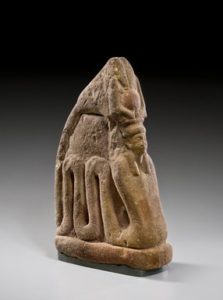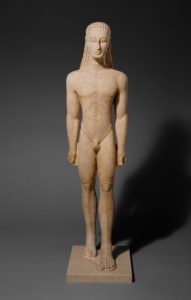Thesis: Greek and Roman art creates a central focus on the human experience through the showcase of the human body itself. Through various Greek and Roman art, you are able to see the aesthetics and natural beauty shown through sculptures of humans. This encompasses the stance of humanism through the appreciation of the human body.
Title: The Greek Slave
Artist: Hiriam Powers
Date: 1843
Brooklyn museum
The Greek Slave is a female nude that expresses all the struggles that this person endured through her lifetime. You are able to see the slave bounded by chains with a sort of blank expression showing the acceptance of her life and problems that she has experienced.
Title: Marble relief with Herakles carrying the Erymanthian Boar
Artist: Unknown
Date: 27 B.C.-A.D. 68
The Metropolitan Museum of Art
This marble relief showcases Herakles successfully capturing a boar that rests on his shoulders. Through the showcase of Herakles’muscular toned body, you can see the appreciation of the role and duty of Herakles as a hunter and warrior.
Title: Kouros
Artist: Unknown
Date: 590-580 B.C.
The Metropolitan Museum of Art
The Kouros is a free standing sculpture of a male nude. Through the stiffness and position of the body, you are able to tell that this person was of a high rank. The figure being nude also expresses the appreciation of the human body.
Title: Bronze Statue of the emperor Trebonianus Gallus
Artist: Unknown
Date: A.D. 251-253
The Metropolitan Museum of Art
The statue of emperor Trebonianus Gallus reveals a nude male of extremely high class. Although different from many ideal body figures, this oversized statue reveals the appreciation of the human body as the expression and stance by the emperor shows power.
Title: Marble Statue of Youth
Artist: Unknown
Date: 1st century A.D.
The Metropolitan Museum of Art
The Marble Statue of Youth is a clear representation of humanism through the visuals of the human body. The statue represents the victory of the male and just like many other Greek and Roman sculptures, the statue is a nude with an ideal body of a male athlete.








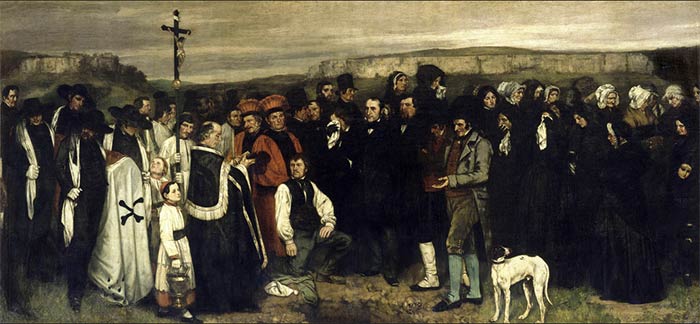
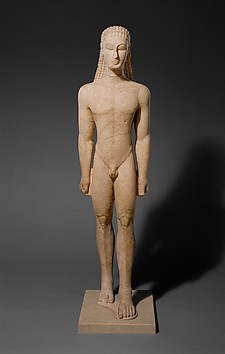
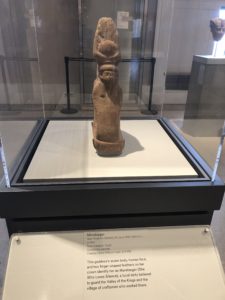 The Brooklyn Museum
The Brooklyn Museum